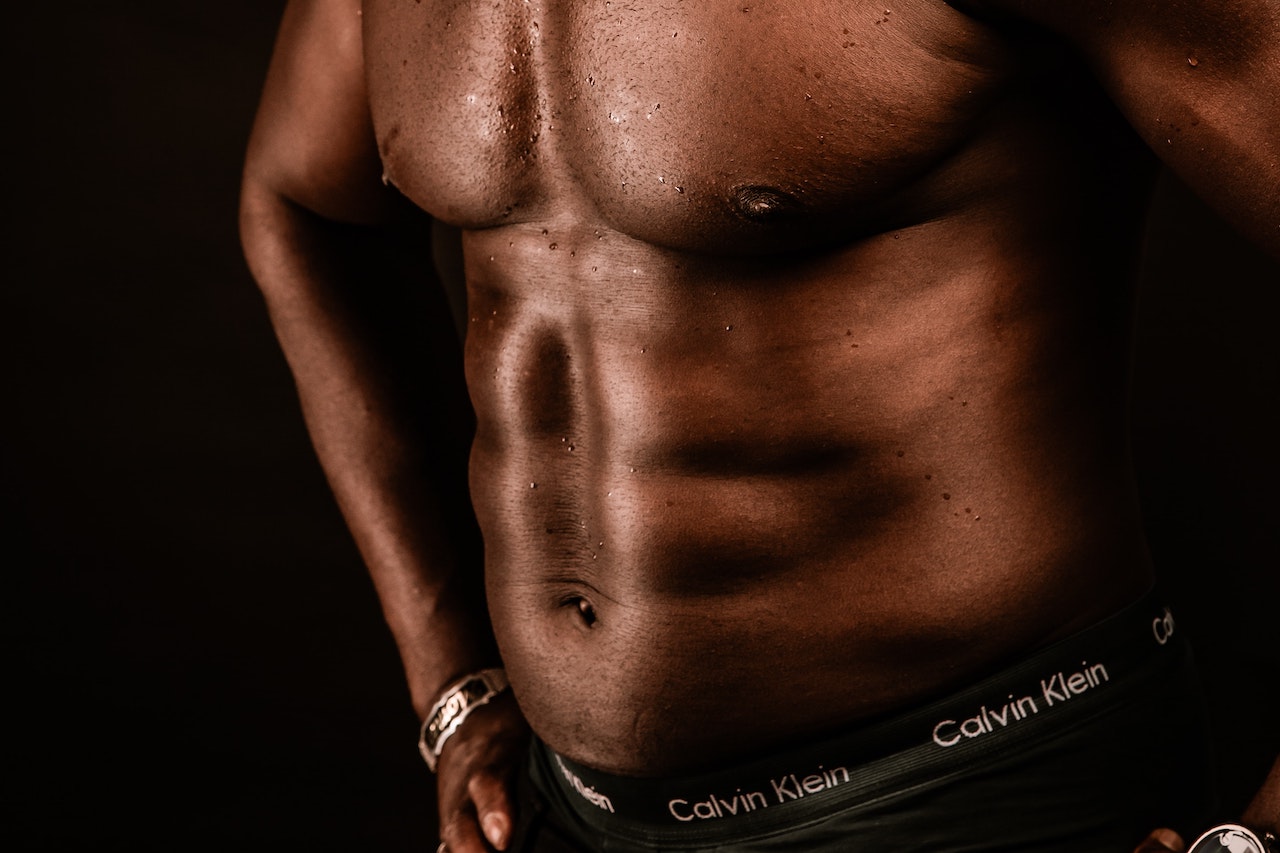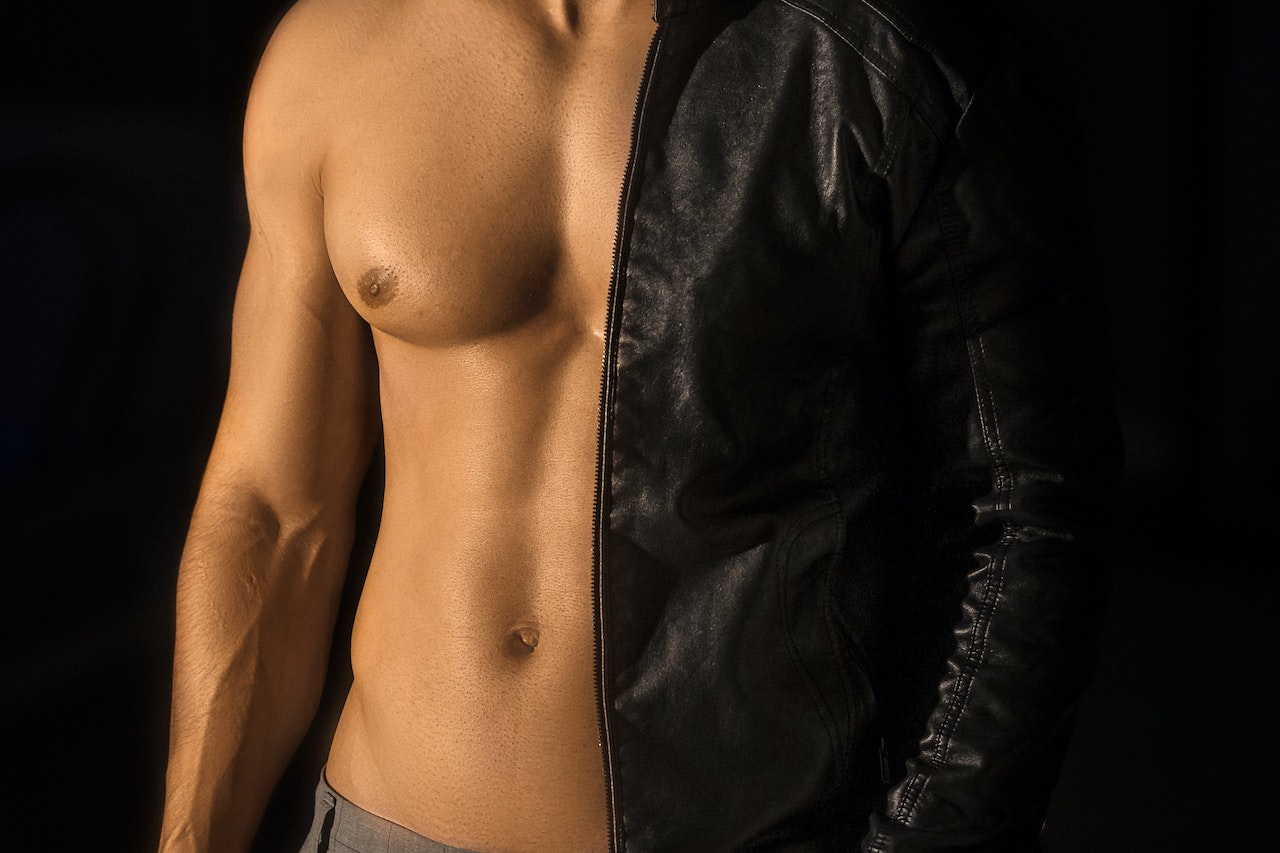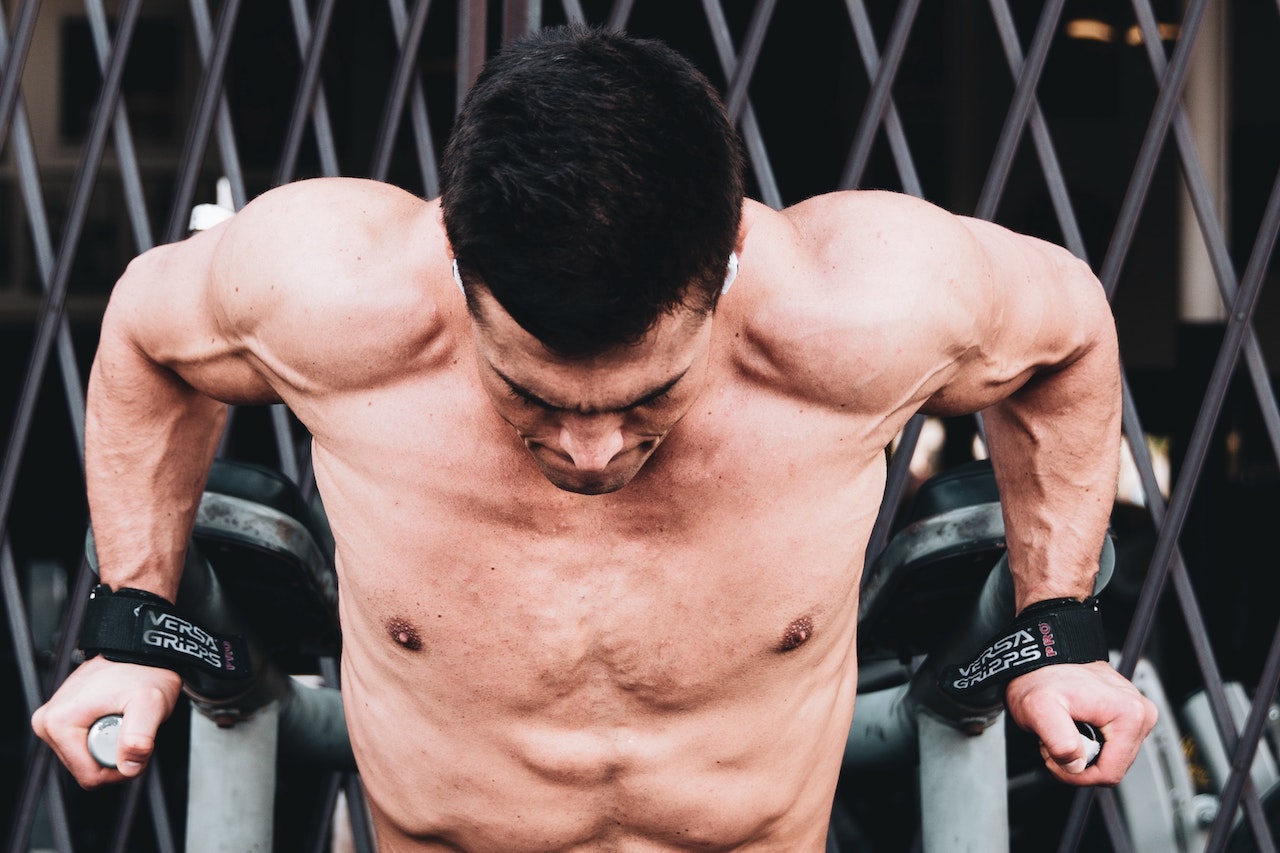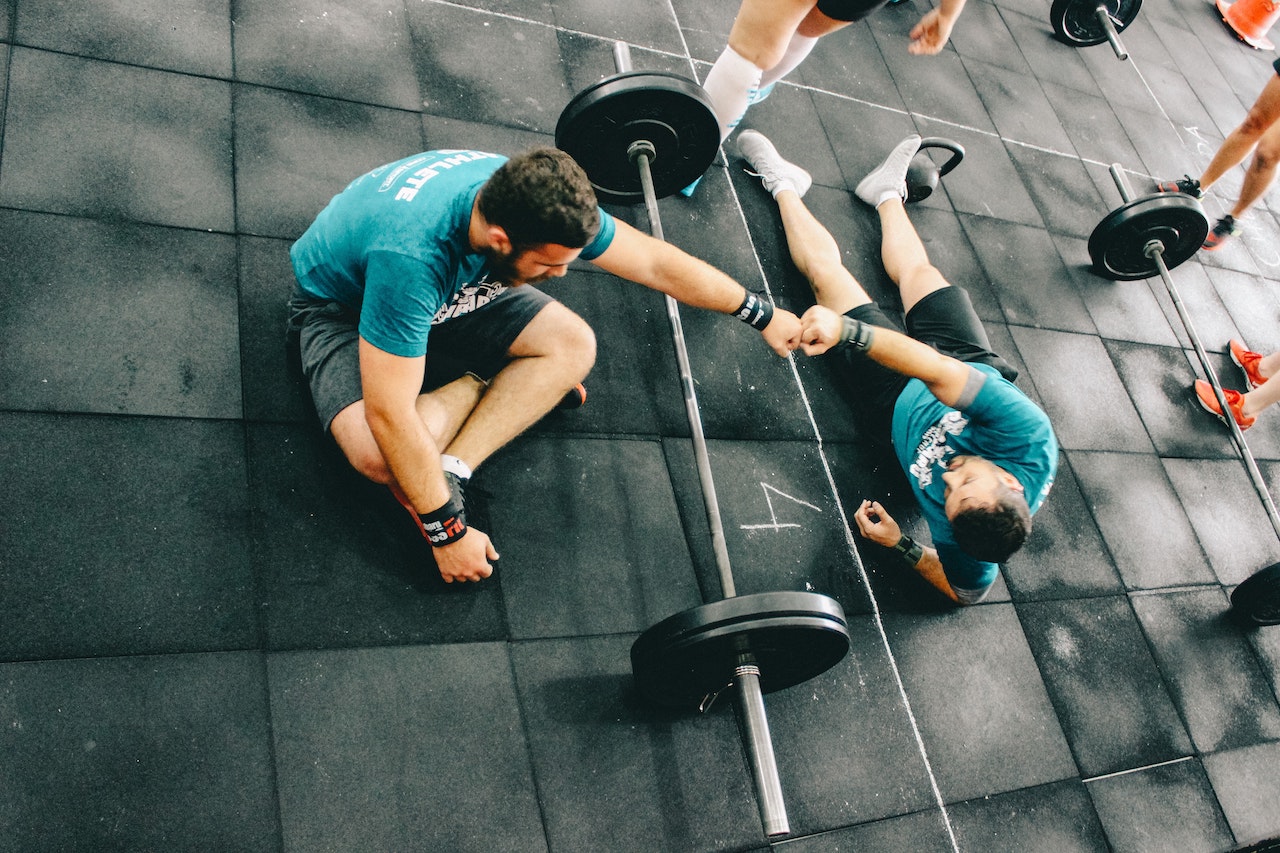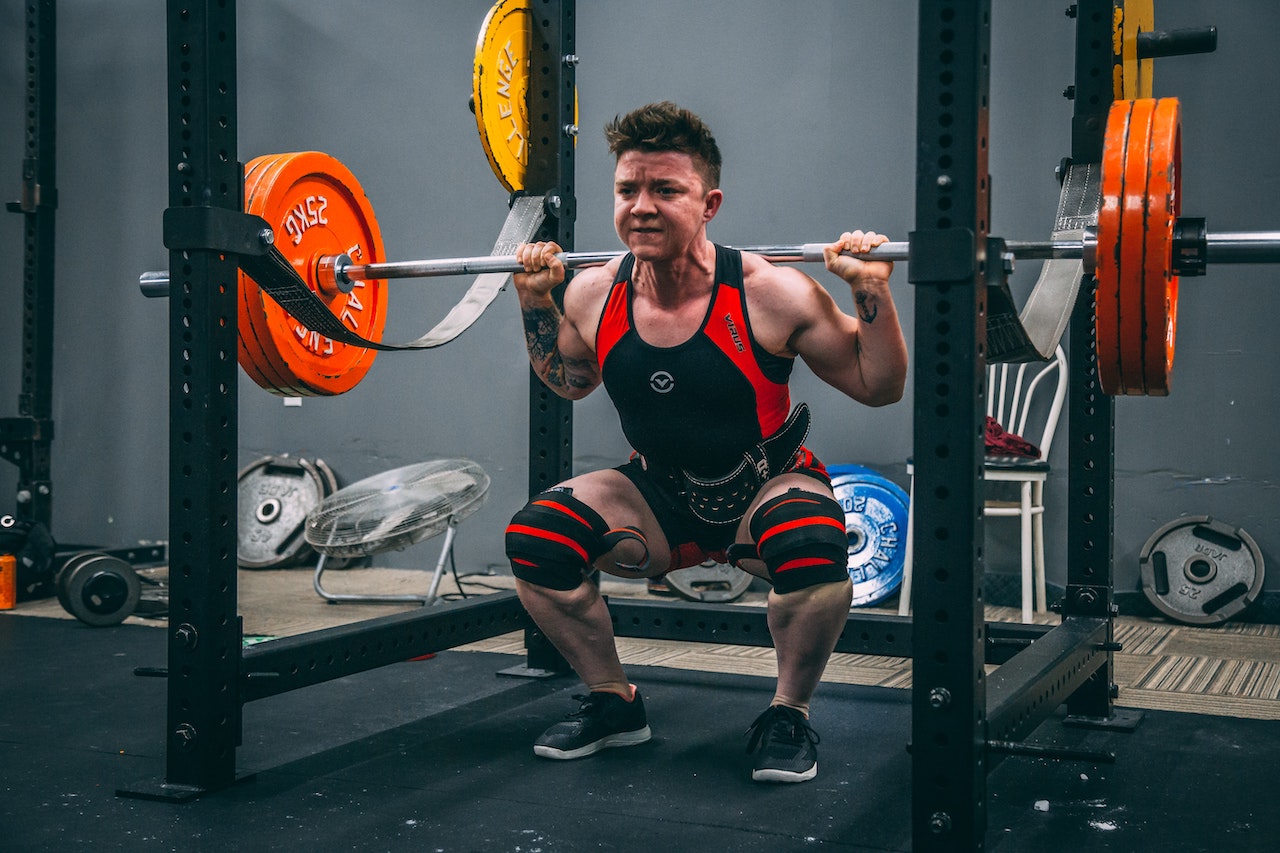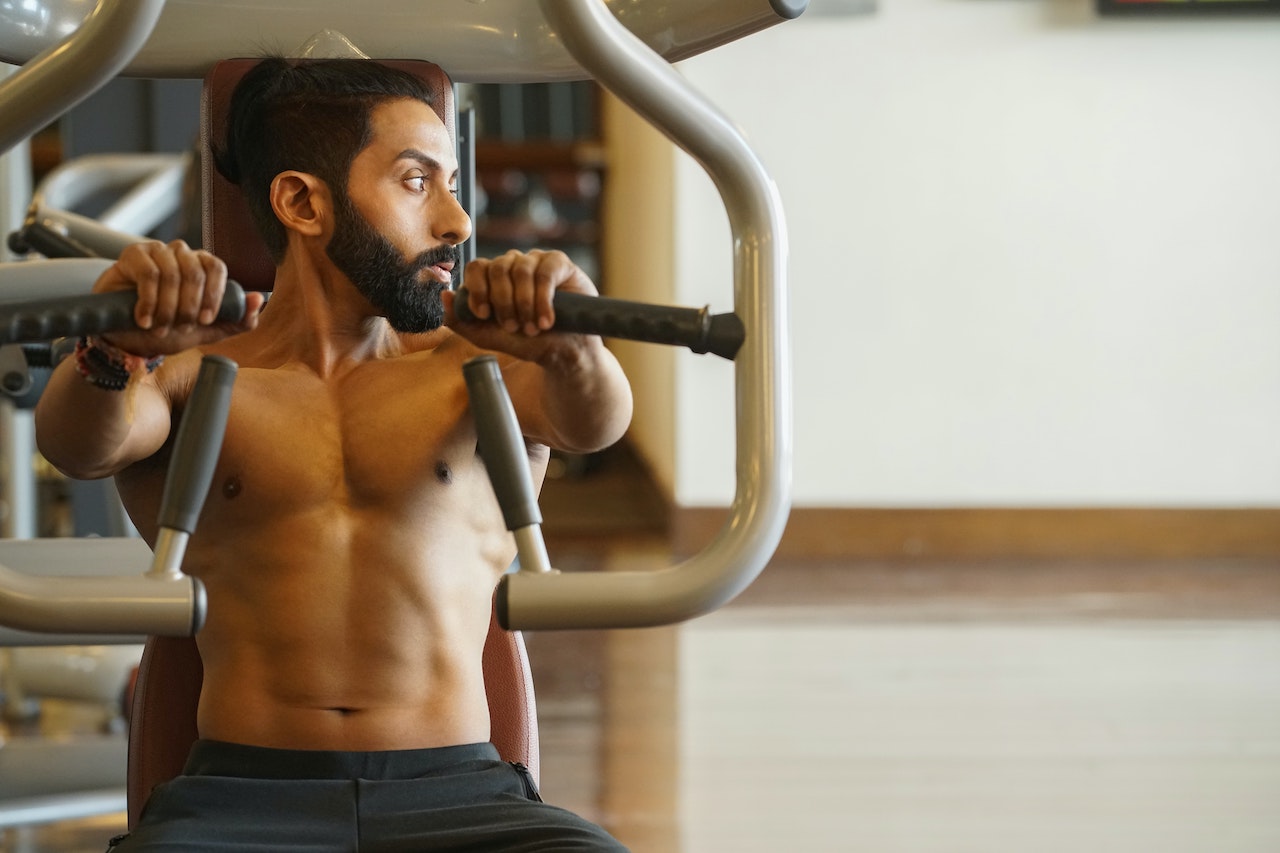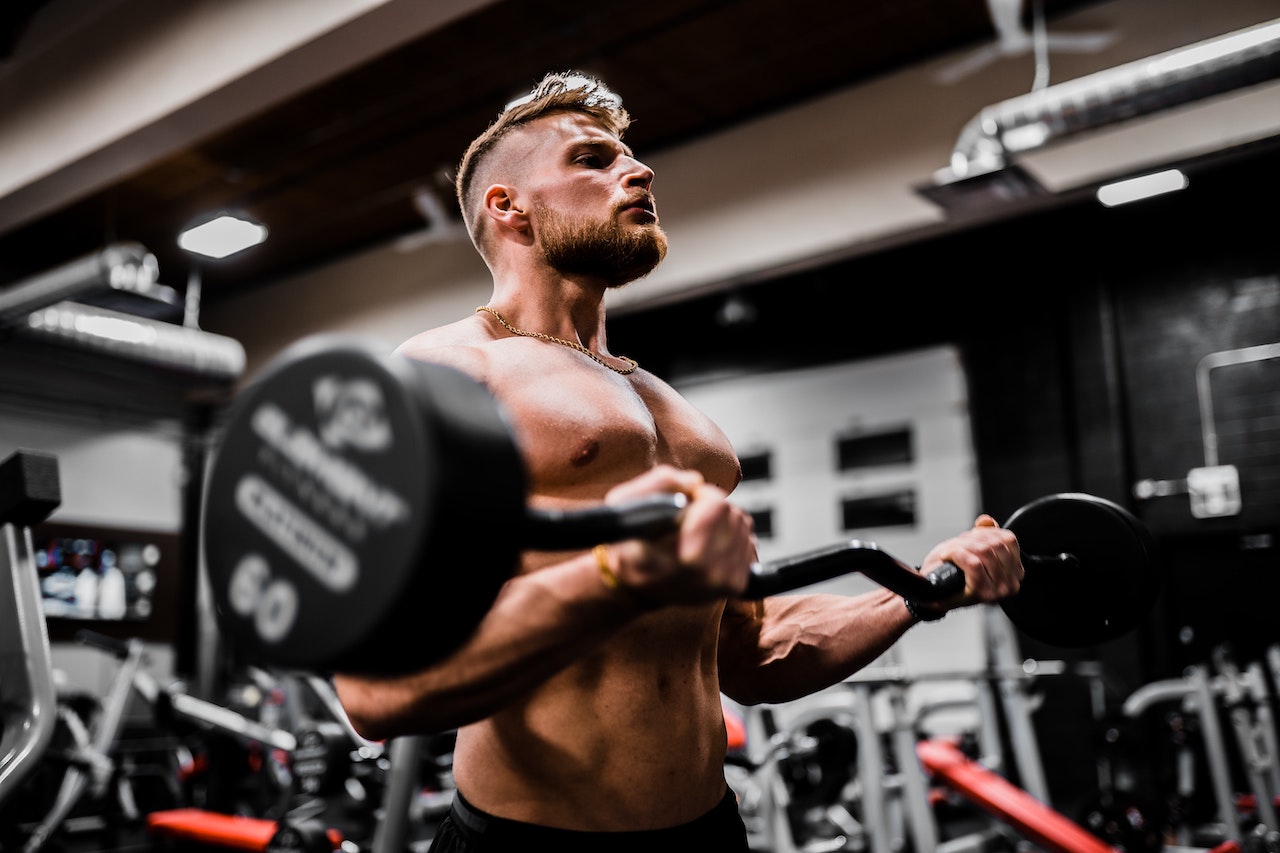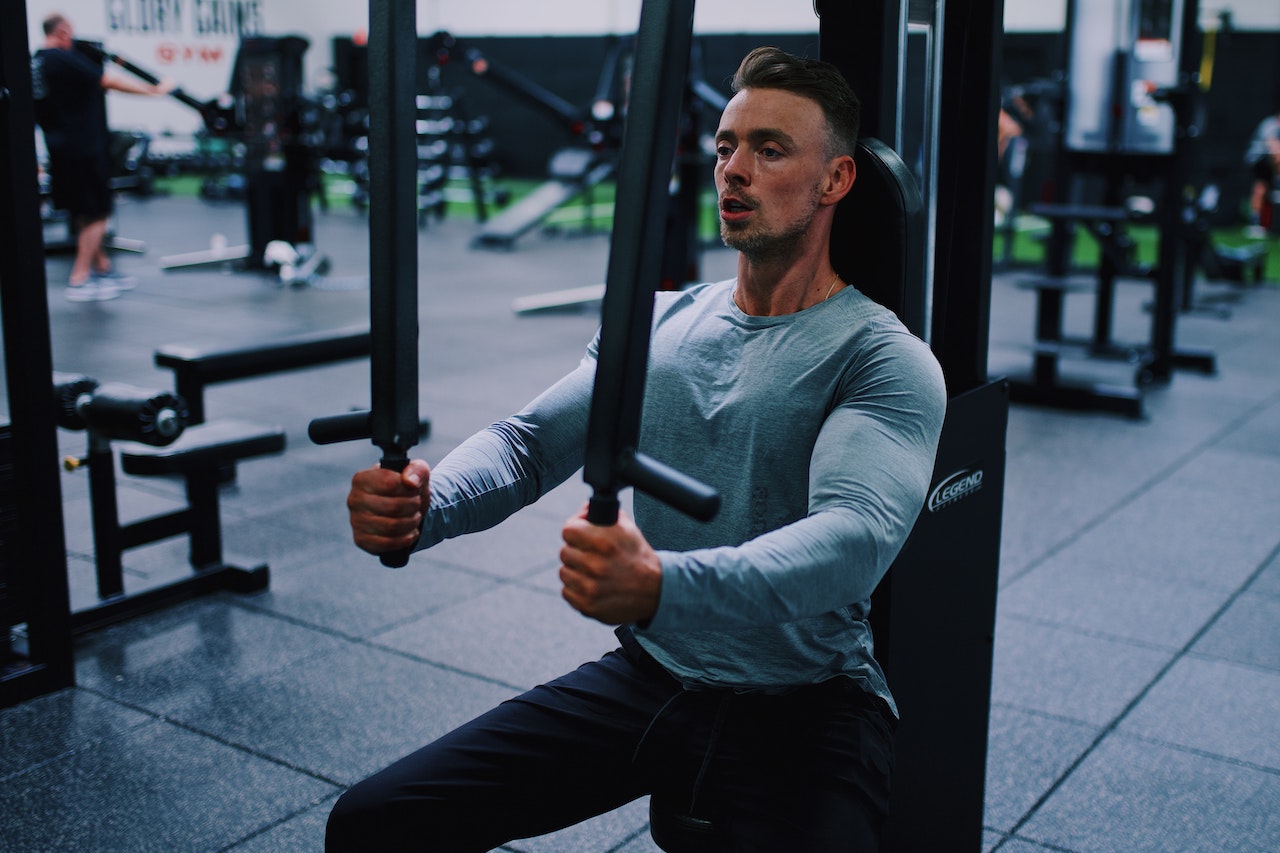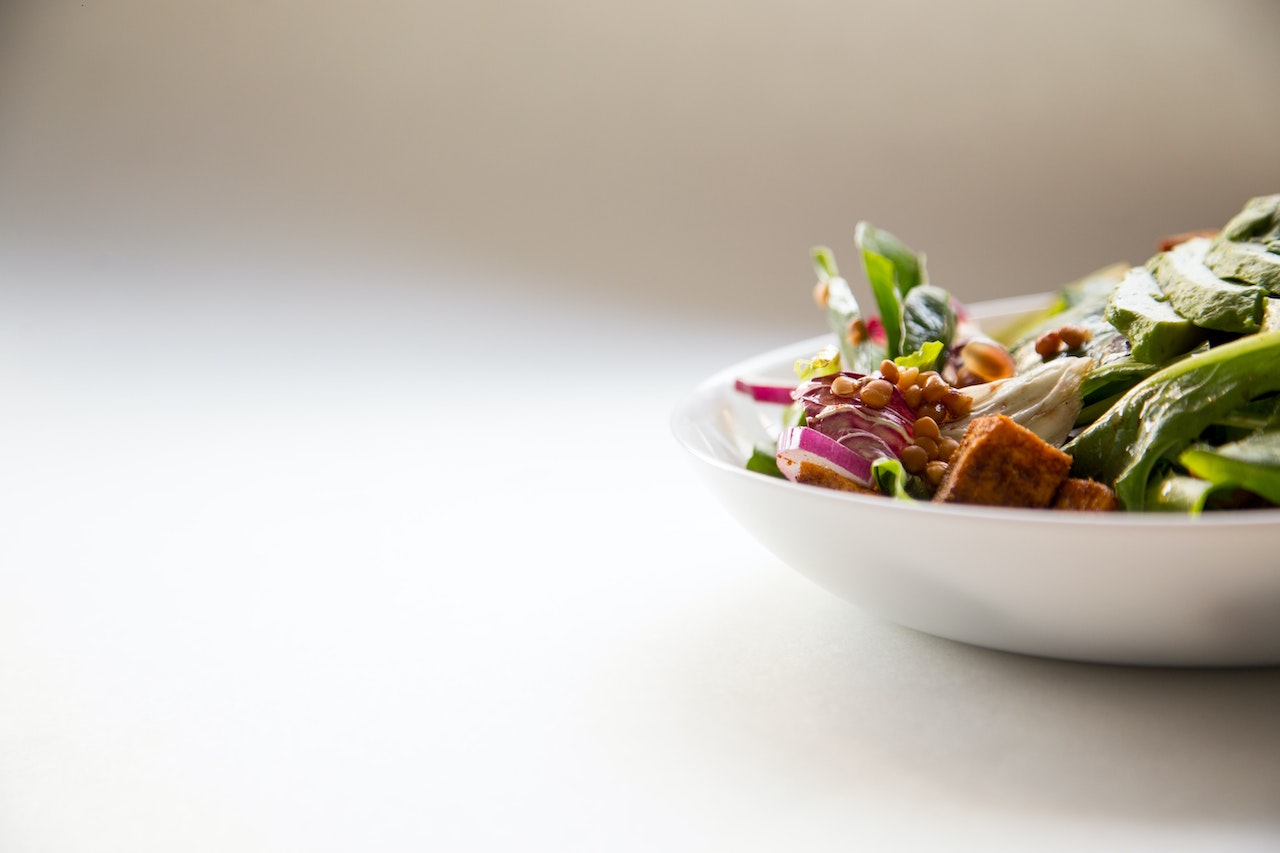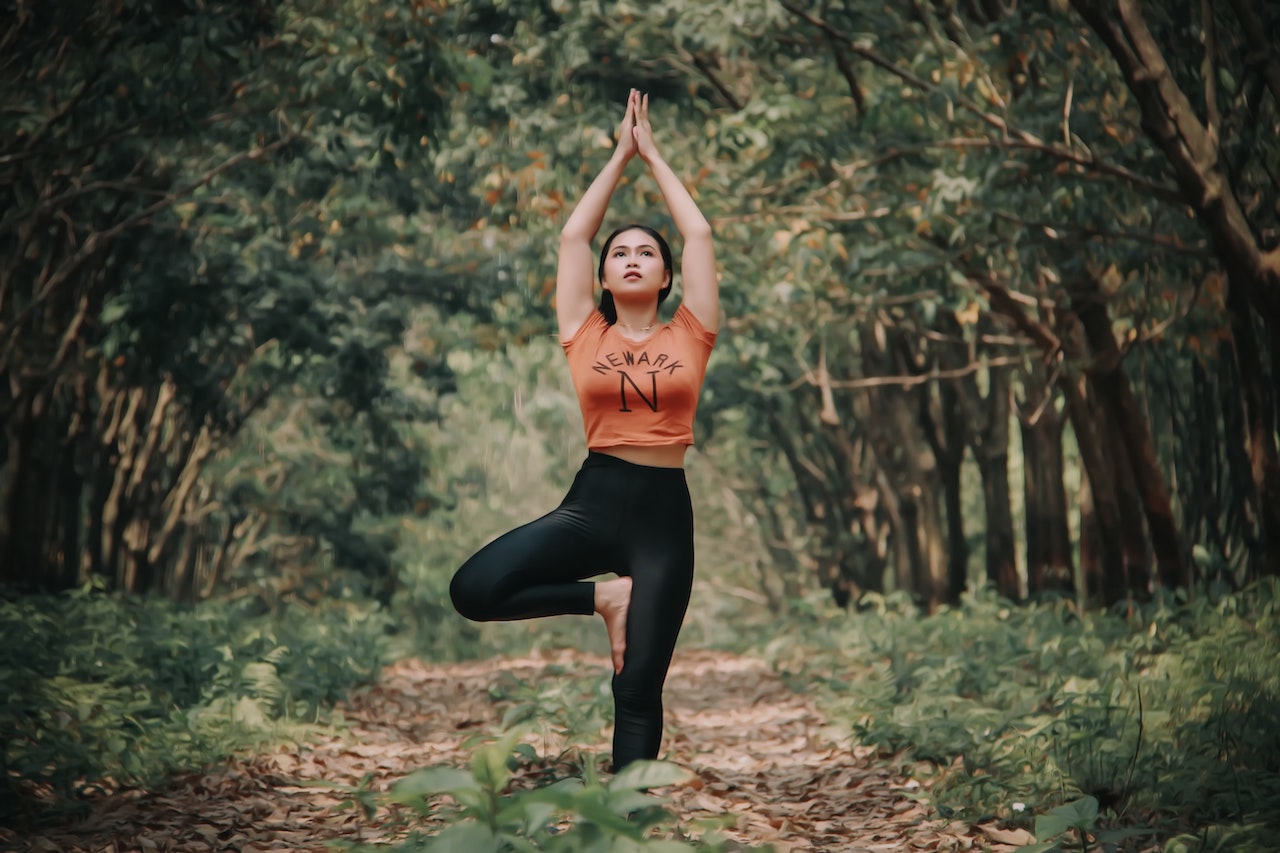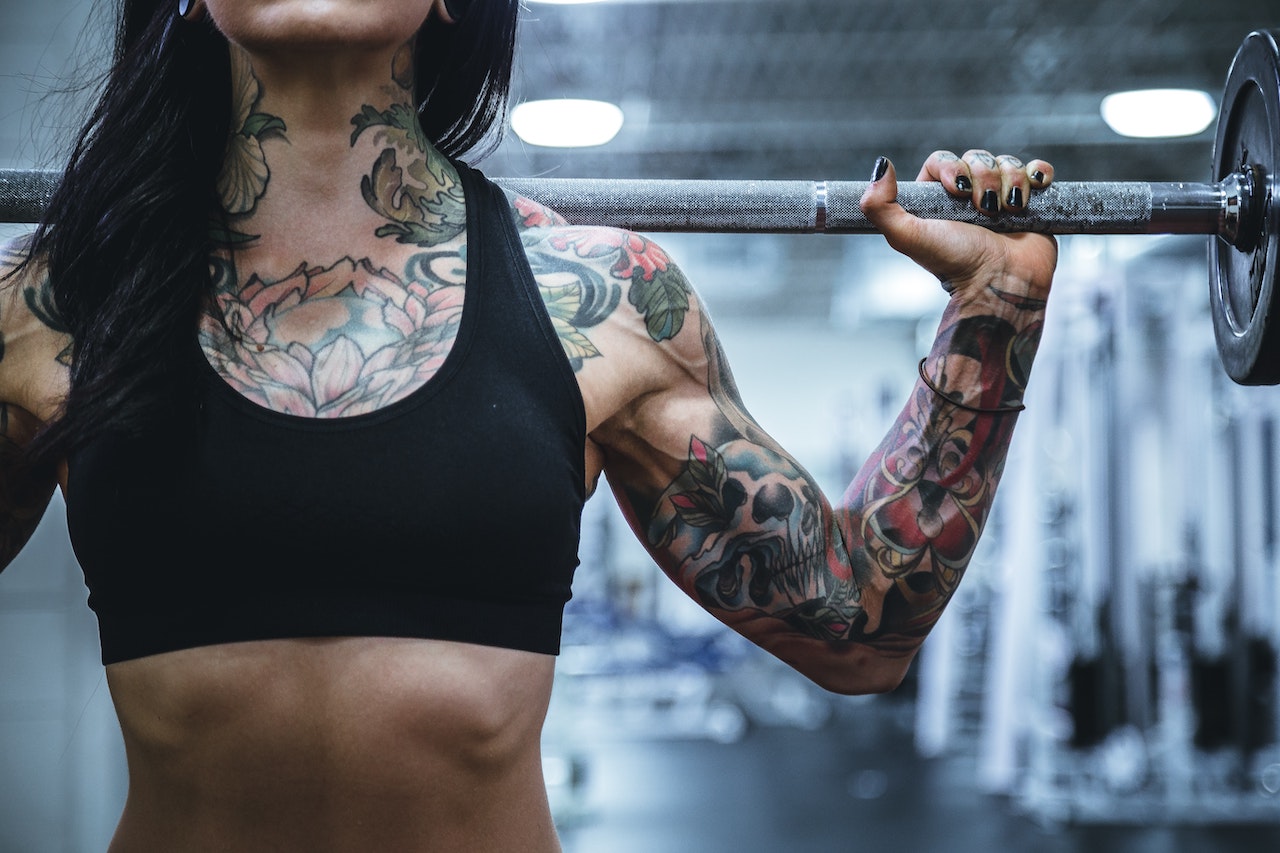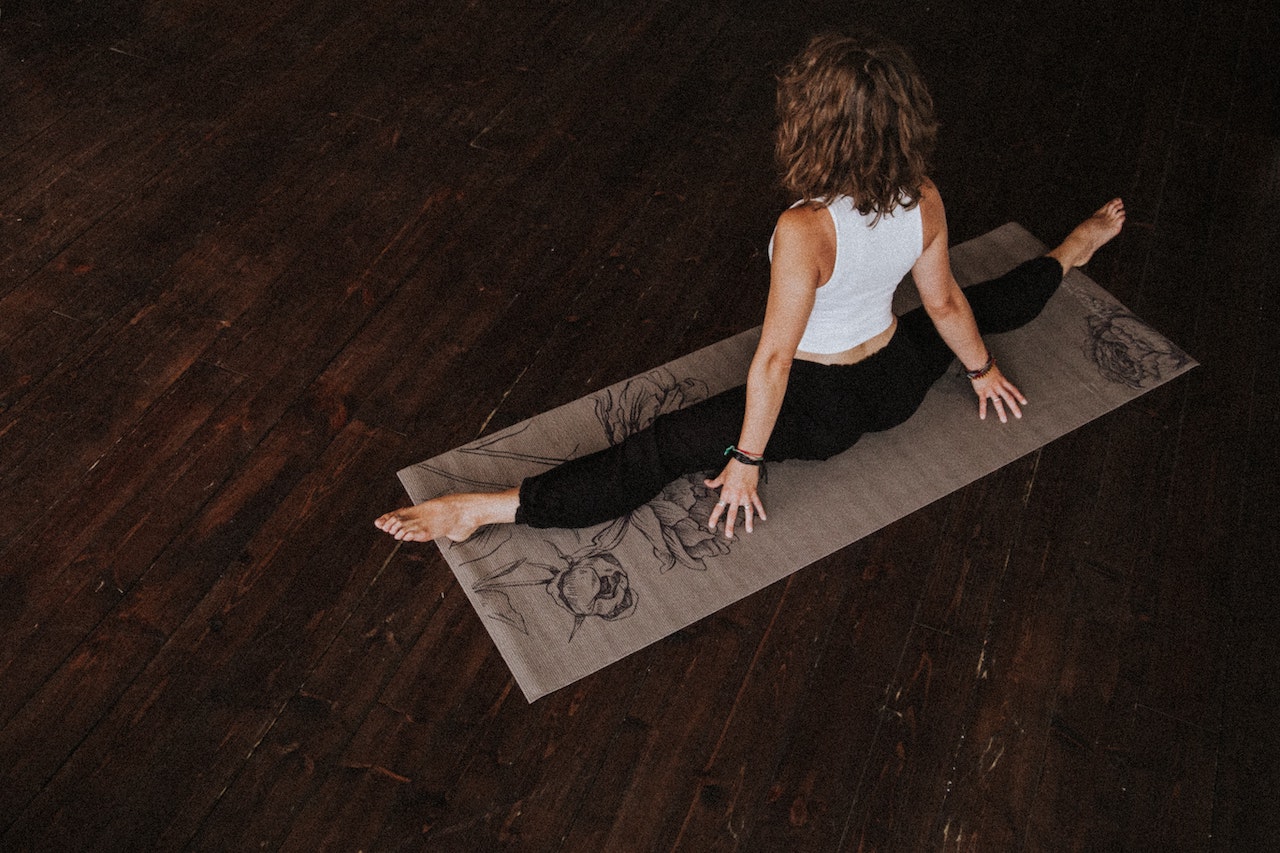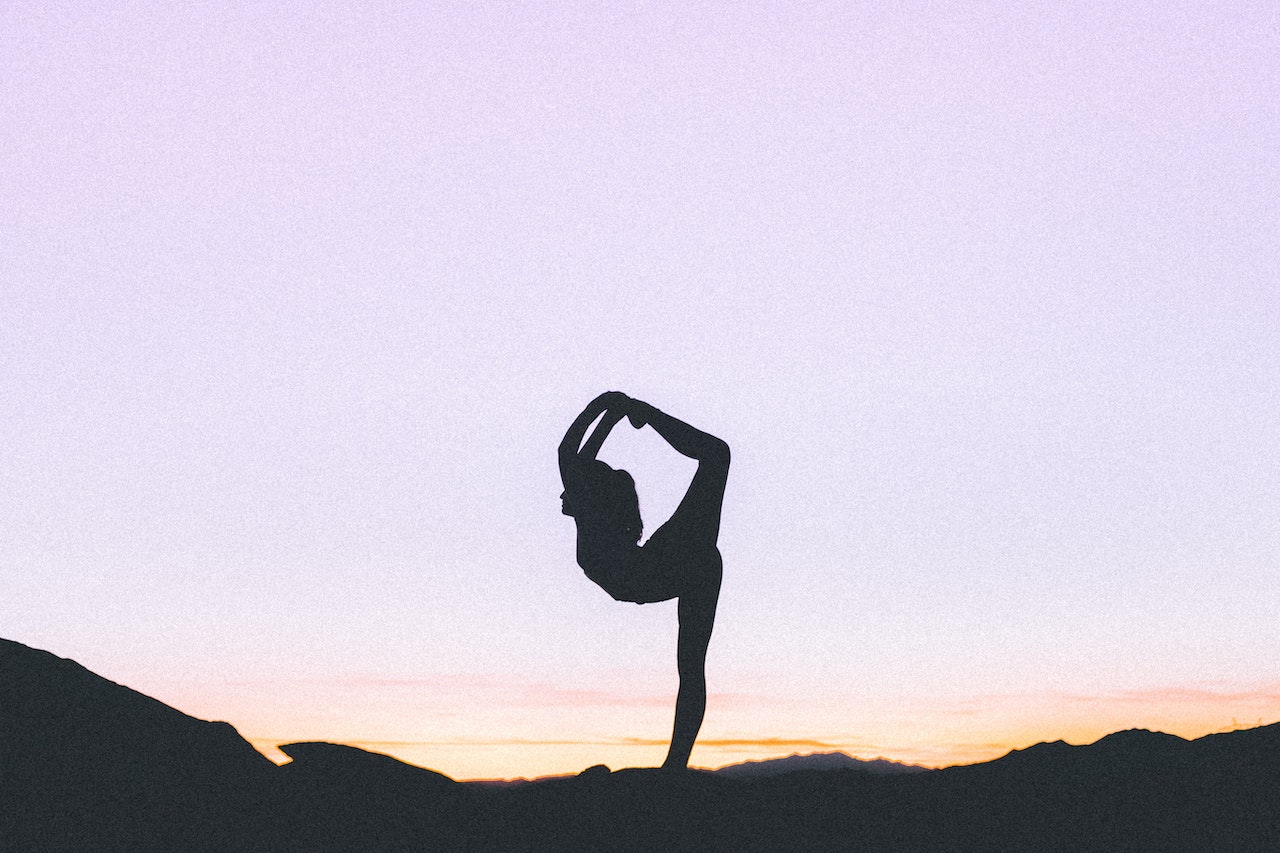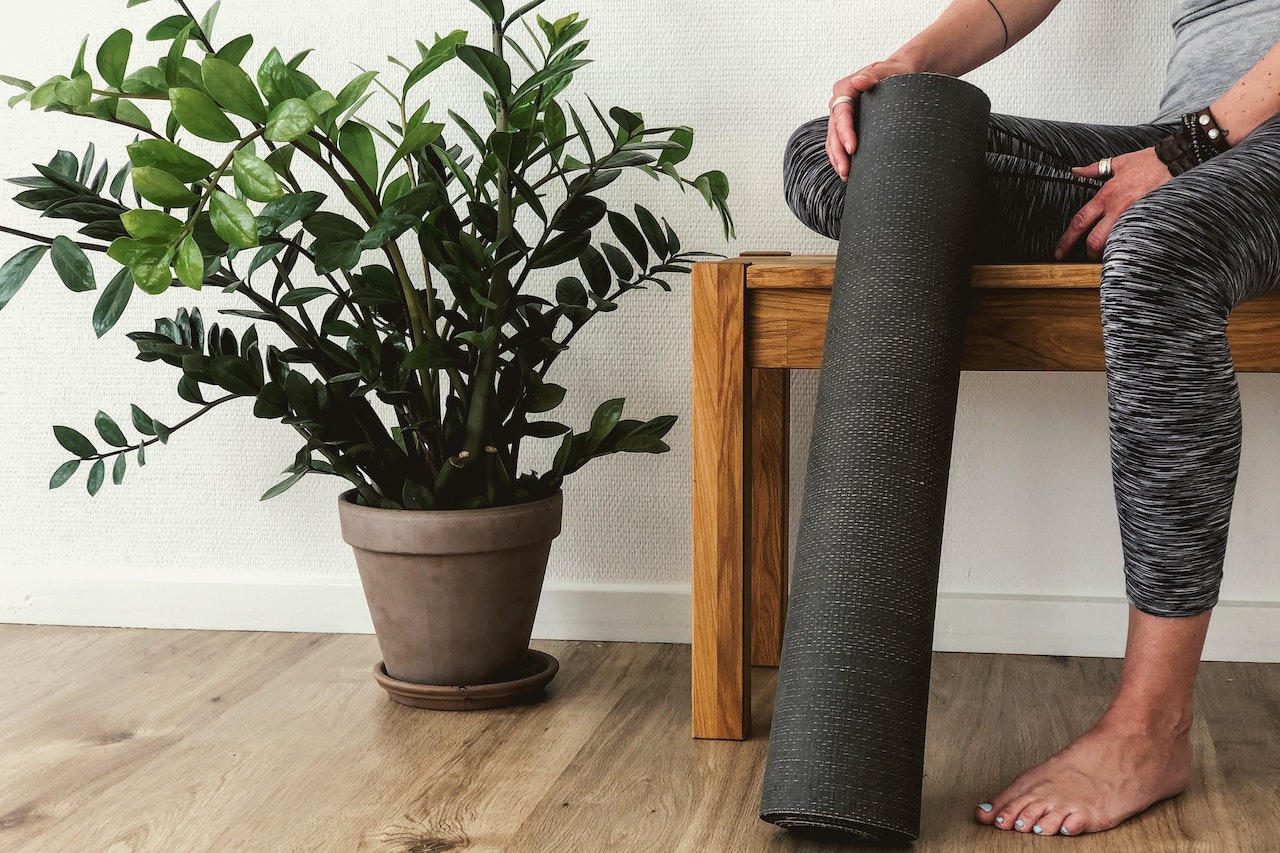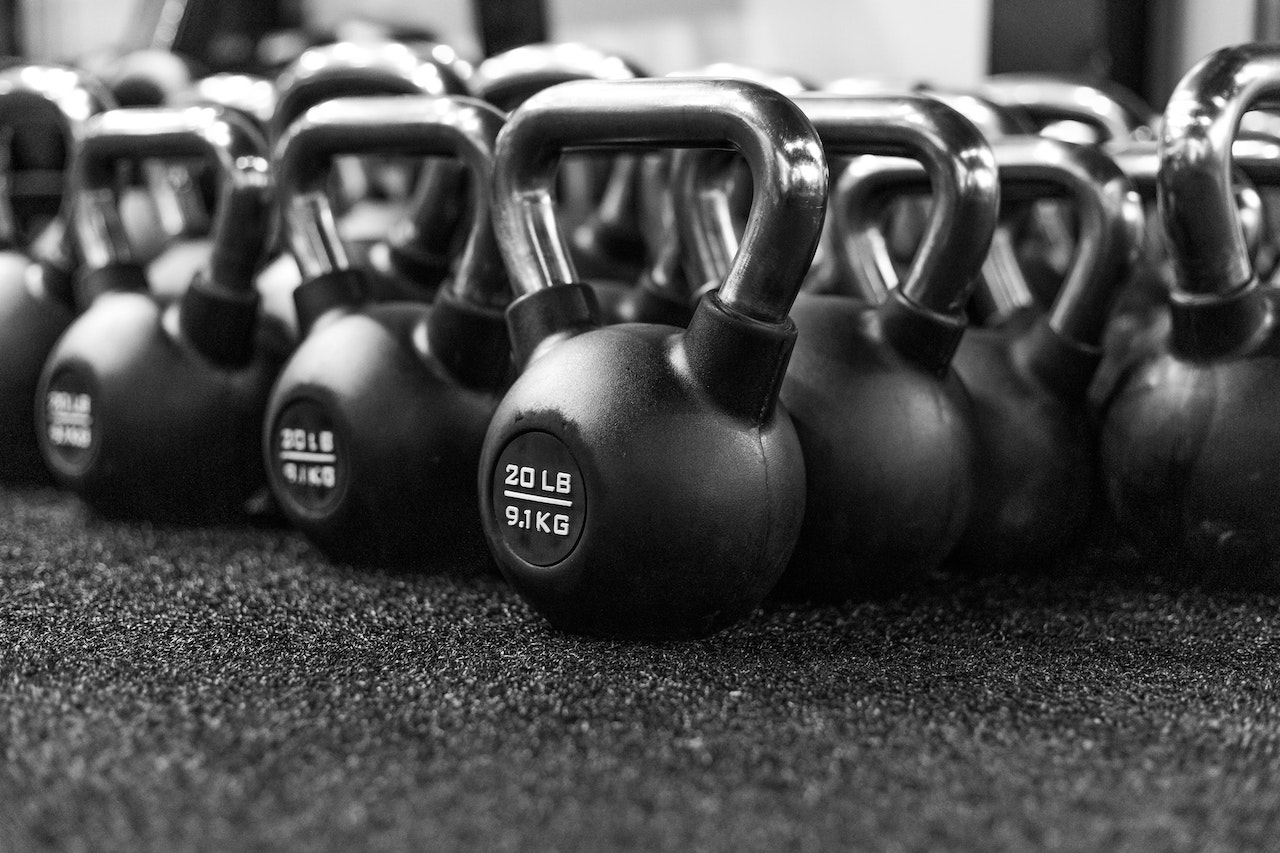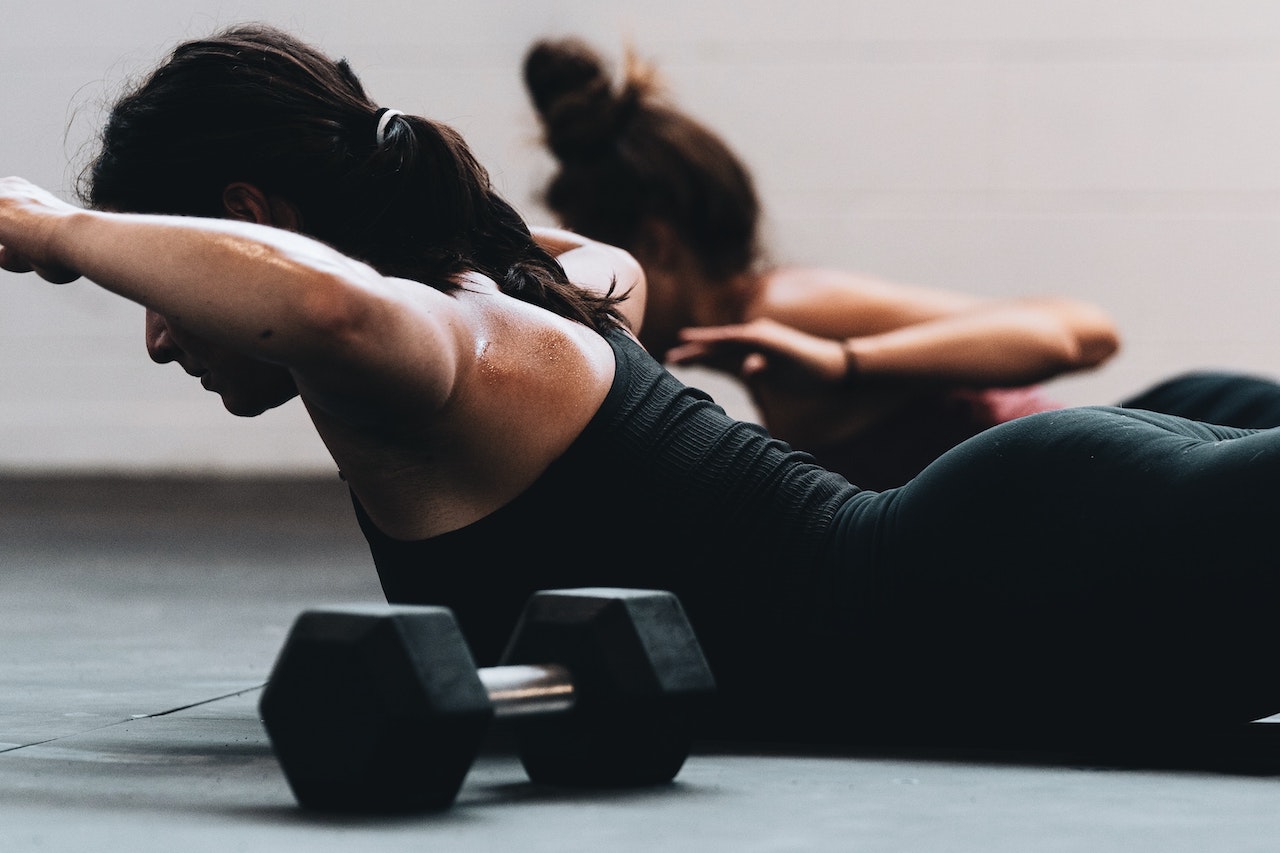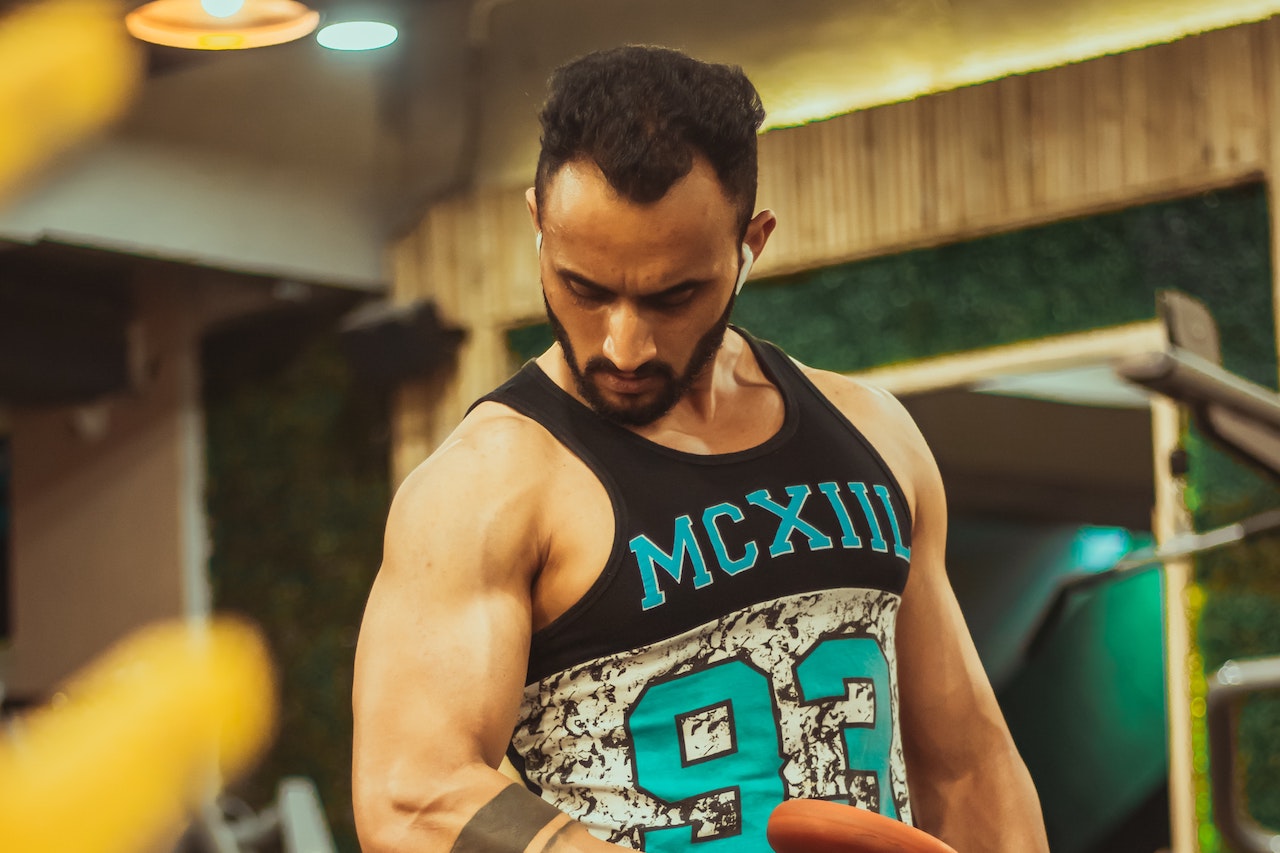there is a phenomenon that many trainers and fitness enthusiasts tend to use hip bridges and hip sprints to exercise the buttocks. Even this view and trend is becoming more and more accepted.
Is it effective or not? Needless to say, we have found some basis for this. This relates to the findings of the electromyography survey. Emg is indeed great, but what should we make of what it reflects?
The truth is that emg is not the whole story in determining the best movements for muscle building, it only shows a very small part of a big and complex picture. This is because emg gives very little feedback on muscle damage, microtrauma, protein synthesis, cellular signalling, neural adaptation, structural overload, systemic feedback and the hormonal effects of training, but all of these factors are crucial for muscle building.
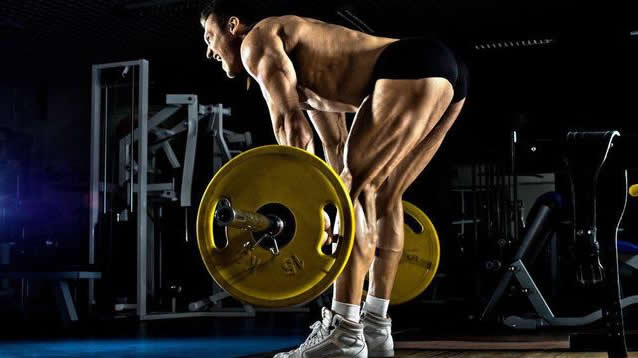
However, for better muscle building, the centrifugal overload phase of the movement needs to be emphasised. Unfortunately, most movements where the load is in front of the body, such as the glute bridge and glute punch, have only a small centrifugal load. These movements are good for inducing muscle gain and increasing metabolism, and they still have a considerable role to play in other more important mechanisms of muscle gain (such as destruction of muscle and muscle tone).
Glute bridges and glute sprints have considerable mechanical tension, but in the absence of other muscle building factors (such as centrifugal muscle destruction and microtrauma), mechanical tension is relatively irrelevant. Simply maintaining constant centrifugal contraction and minimal resistance would produce amazing results, if this were not the correct cause. However, we know that this statement is far from accurate.
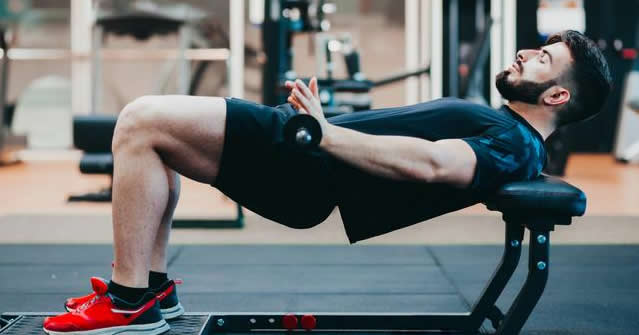
i'm not saying you shouldn't do glute bridges and hip sprints, nor am i saying they are completely useless.
In fact, many bodybuilders as well as fitness enthusiasts regularly incorporate these two movements into their routines. However, bodybuilders who already perform a lot of deep squats, hip hinges and arrow squats are only providing a very small percentage of the muscle growth that these movements provide in terms of muscle appearance.
Yes, many people think that hip bridges and hip sprints represent their only glute workout, while deep squats, hard pulls and lunges they do very little of.
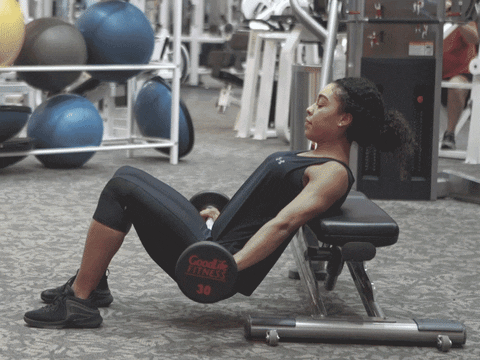
in fact the results show that their deep squats, hip hinges and lunge squats are terrible!
Simply put, if hip bridges, hip sprints and other rear body isolation movements produce more effect on your back than compound movements with large weights, this means that your posture during deep squats, hip hinges and arrow squats is incorrect as these movements provide adequate stimulation to the glutes when performed correctly.
This means that most fitness enthusiasts and trainers will perform deep squats, hip hinges and lunge squats incorrectly and freakishly, which makes the movements impossible to recruit the gluteal muscles. So what's the solution?
Learn to do the deep squat, hip hinge and lunge squat in the correct position. This doesn't mean performing very low squats as most trainers blindly suggest. Instead, it means that you need to use a natural range of motion with the hips back and maintain tension throughout the body, rather than collapsing tension at the bottom of the movement. In addition, focus on body position, at approximately a 90 degree angle, parallel to the joints and in a vertical position.
In addition, care is taken to maintain correct spinal position, to perform controlled centrifugal movements (preferably isometric centrifugal) and to pay attention to foot and ankle mechanics. Every detail plays a key role in the activation of the hip and gluteus maximus. If you don't have even one detail, you are unlikely to get optimal development of your hips.
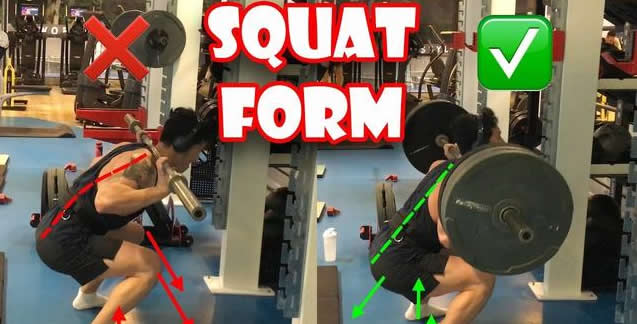
in addition, the technique is also related to the emg. As mentioned earlier, emg is not the whole story in terms of indicating the effectiveness of a particular movement. However, it is still one of many considerations and should not be completely dismissed. Nevertheless, few studies have been conducted with correct instructions, posture and compound movements.
When there are abnormal mechanics in the deep squat, hip hinge and arrow squat movements, emg readings are very erroneous, particularly in the posterior muscle groups, as gluteus maximus and hamstring activation is heavily dependent on movement posture and mechanics.

unfortunately, proper mechanics were rarely used in these studies, thus biasing the results and seemingly highlighting the effectiveness of movements such as the deep squat, hip hinge and arrow squat in terms of activating the gluteus maximus compared to other gluteus maximus isolation movements.
Therefore, glute bridges and glute sprints almost always show significantly higher emg readings in posterior muscle exercises than incorrect deep squats, hip hinges and arrow squats. However, when the deep squat, hip hinge and arrow squat were performed correctly, the results were very different.
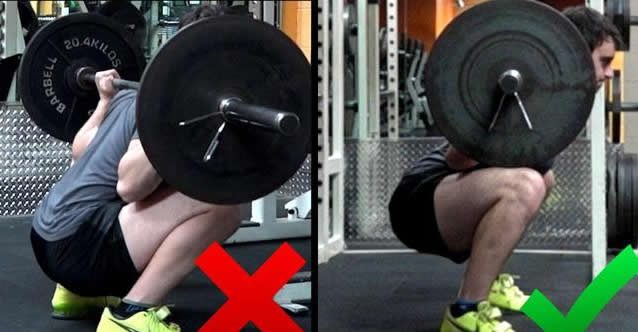
it should also be noted that while the ability to improve gluteus maximus shortening helps to alleviate movement deficits (albeit to a different degree than the correct deep squat, hip hinge and arrow squat), the glute bridge and glute punch do very little to improve overall hip function, body posture, and movement mechanics. This is because these movements place little emphasis on centrifugal contractions, suggesting that feedback from muscles and other somatic mechanisms is relatively low compared to the deep squat, hip hinge and arrow squat.
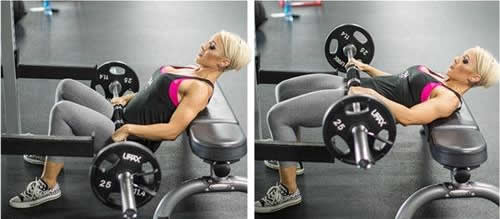
in short, if you are doing additional hip bridges and hip sprints and wish to improve movement performance, body mechanics, muscle function and athleticism, your time would be better spent focusing on more basic fundamental movements such as the deep squat, hip hinge and arrow squat while emphasising the centrifugal contraction of the movement.
As a final point, it is not uncommon for lifters to be able to complete a hip bridge with very heavy weights when they are weak in the deep squat, hip hinge and arrow squat, not to mention that they have little to no development in the posterior muscles. In contrast, take an athlete or weightlifter who is strong and proficient in basic compound movements, even with little practice they can deadlift hundreds of pounds during hip bridges and hip sprints.
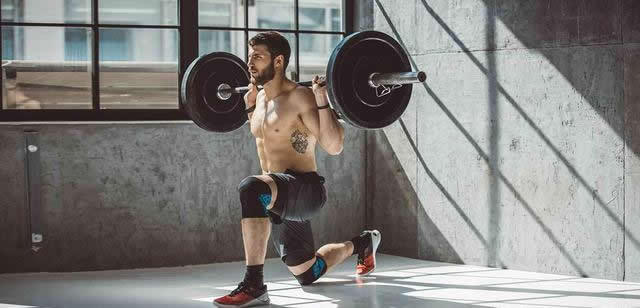
this is because proper squats, hip hinges and hard pulls best strengthen the gluteus maximus and the entire lower body, allowing the individual to perform a variety of posterior body training movements with relatively few problems.
On the other hand, even if you can perform huge weights during hip bridges and hip sprints, i'm not at all sure what functional gains you gain in other lower body training movements as a result. All in all the deep squat, hip hinge and arrow squat are the foundation, while the glute bridge and glute punch are additional finishing moves.
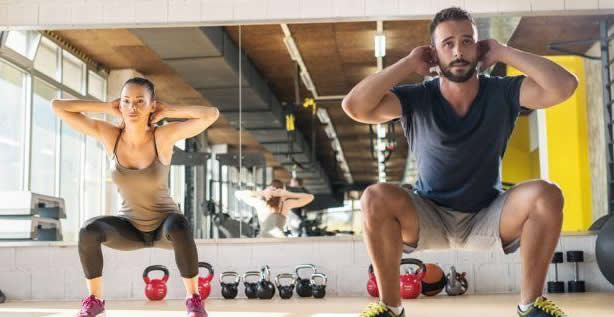
this is not a personal attack on any coach or trainer, including "Glute experts" And regular trainers. We may not agree on every aspect of this topic, but if you pay attention to the details of glute training, you will realise that much of what is expressed in this article reiterates the importance of movements advocated by training, such as the squat, the hard pull and the hinge for gluteus maximus development. The final point is that instead of working on the glute dash all the time, you'd be better off spending more time working on proper squats and hard pulls!

